Tag Archive for: hla typing
 The Sequencing Center
The Sequencing CenterA Guide to HLA Typing with Nanopore Long Read Sequencing
The human leukocyte antigen (HLA) complex plays a critical role in the immune system's ability to distinguish between self and non-self. Accurate HLA typing is essential for many applications, including organ and stem cell transplantation, disease…
 The Sequencing Center
The Sequencing CenterHow HLA Typing informs Drug Development
Understanding HLA Binding Specificity to Inform Drug Development
Human leukocyte antigen (HLA) molecules play a critical role in immune responses by presenting peptides to T cells. HLA genes are highly polymorphic, with thousands of HLA alleles…
 The Sequencing Center
The Sequencing CenterHLA Typing and Gene Expression Profiling
Introduction
Human leukocyte antigen (HLA) typing has become an invaluable tool for understanding immune responses and investigating protein pathways associated with HLA genes. High-resolution HLA typing provides precise characterization of…
 The Sequencing Center
The Sequencing CenterThe Role of HLA Typing in Understanding the HLA-A*24:02:01:01 Allele
Human leukocyte antigen (HLA) typing is a critical process in immunogenetics, enabling the identification of specific alleles within the HLA system. This system, integral to the adaptive immune response, is highly polymorphic, with numerous…
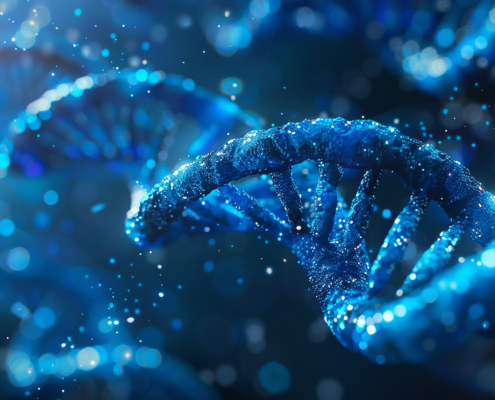 The Sequencing Center
The Sequencing CenterIllumina vs Nanopore Sequencing: A Technical Comparison for HLA Typing
Human leukocyte antigen (HLA) typing is essential for bone marrow and organ transplantation. Accurate HLA typing at high resolution is critical to ensure donor-recipient matching and prevent graft rejection. Two major sequencing technologies…
 The Sequencing Center
The Sequencing CenterUnveiling the Intricacies of HLA Genetic Protein Interactions
The human immune system is delicately complex, constantly modulating responses in real-time in the face of an unending, unseen assault by a myriad of pathogens. Central to this pivotal defense mechanism is the Human Leukocyte Antigen (HLA) system,…
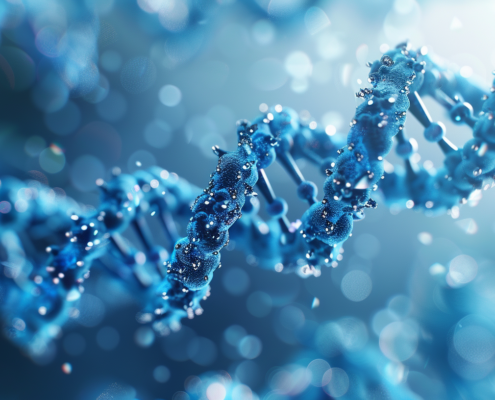 The Sequencing Center
The Sequencing CenterUnlocking the Mysteries of Immunity: A Deeper Look into the HLA-A Gene
Introduction
Human Leukocyte Antigen-A (HLA-A) plays an instrumental role in the immune system, gaining increasing recognition for its diverse influences on our bodies' defense mechanisms. HLA-A gene, a part of the major histocompatibility…

Leveraging AI and ML in HLA Typing: A New Frontier in Health Science
Our understanding of human health is constantly evolving, and at the cutting edge of this expansion is the increasingly critical role of Human Leukocyte Antigen (HLA) typing. This method, key in immunogenetic research, involves identifying specific…
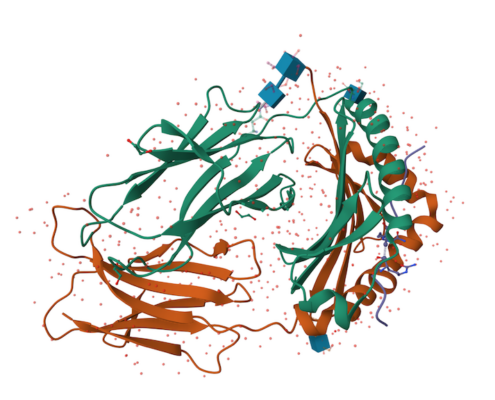
HLA Typing the HLA-DRB Allele Paralogues
As we navigate the fascinating world of human genetics, we're consistently astounded by the complexity and diversity of our gene networks. Our journey today brings us to a family of genes that share a remarkable history…
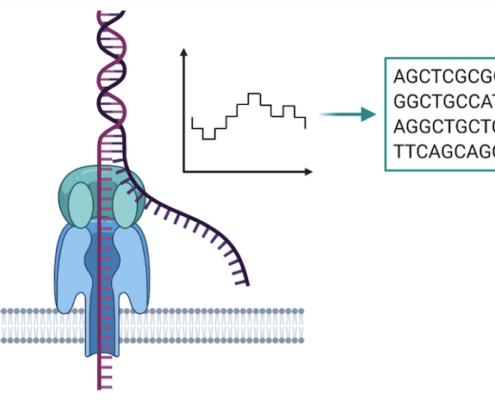
Harnessing Long-Read Sequencing in HLA Typing
The Human Leukocyte Antigen (HLA) system holds a significant role in the world of genomics, driving research in areas as diverse as organ transplantation, disease association studies, and immune response. HLA Typing, a method used…
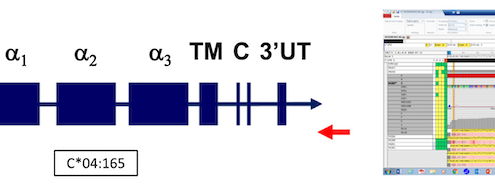
Mastering the Art of HLA Typing
For those who TL;DR, here's a summary.
The paper titled "The changing landscape of HLA typing: Understanding how and when HLA typing data can be used with confidence from bench to bedside" by Lee Ann Baxter-Lowe1…
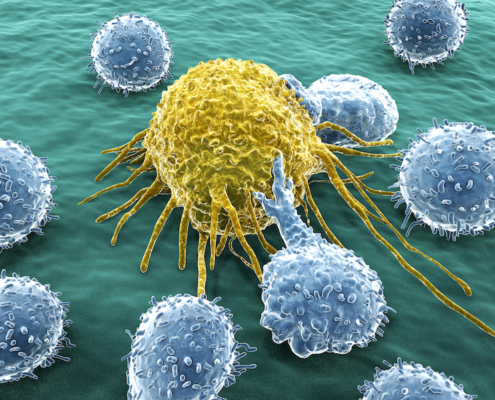
HLA Typing and Immuno-oncology
Human Leukocyte Antigen (HLA) typing, a cornerstone of immunogenetics, is a sophisticated method used to identify the specific variants of HLA genes in an individual. Given the role of HLA genes in immune regulation and response, HLA typing…

What is the relationship between CAR-T and HLA Loci?
Chimeric Antigen Receptor T-cell (CAR-T) therapy represents a groundbreaking shift in our approach to treating malignancies, reshaping the landscape of cancer therapy. This revolutionary treatment involves engineering a patient's own T cells…
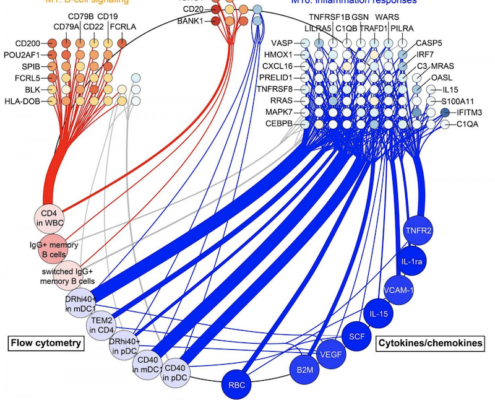
The Influence of HLA Typing on Disease Susceptibility
The Human Leukocyte Antigen (HLA) system functions as a pivotal player in the architecture of our immune response, playing a key role in the recognition and eradication of foreign pathogens. By studying the variations in HLA types, or HLA typing,…
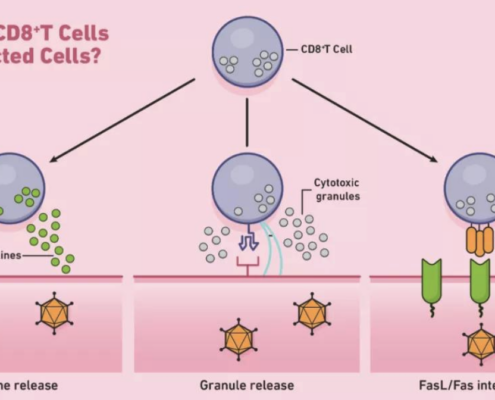
HLA-A*01:01:01:01 Allele and its Impact on the Development of Malignancies
The Human Leukocyte Antigen (HLA) system plays a crucial role in immune recognition and response against pathogens and malignant cells. The HLA-A*01:01:01:01 allele has been linked to an increased risk of developing certain malignancies, such…
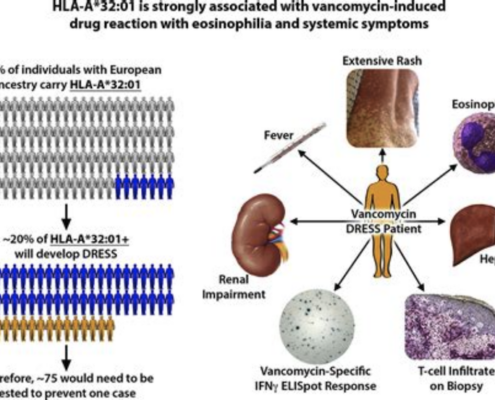
The HLA-A*32:01 Variant: A Focused Exploration for Immunology Experts
The Human Leukocyte Antigen (HLA) system is a cornerstone of the adaptive immune response, consisting of cell surface molecules encoded by the major histocompatibility complex (MHC) genes. The HLA-A gene, a member of the MHC class I family,…
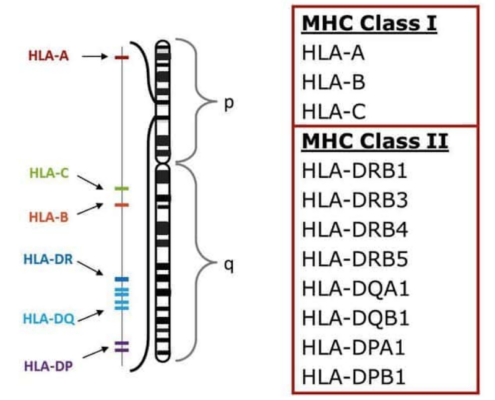
A Quick Guide to Human Leukocyte Antigen (HLA) Typing Techniques
Human leukocyte antigens (HLAs) are proteins found on the surface of cells that play a vital role in the immune system. HLA typing is a critical process for determining compatibility between donors and recipients in organ transplantation, hematopoietic…
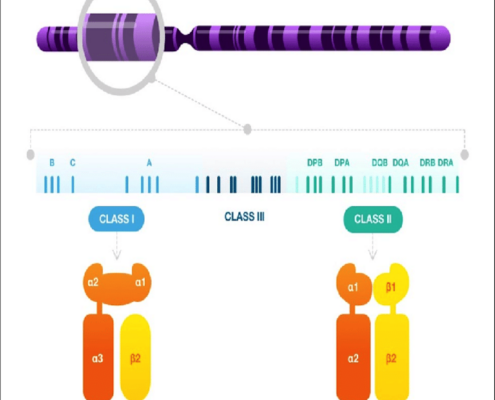
The Functions of HLA Genes
The Human Leukocyte Antigen (HLA) system is a group of genes that plays a crucial role in the immune system. Located on the short arm of chromosome 6, the HLA complex is part of the Major Histocompatibility Complex (MHC) in humans, which is…
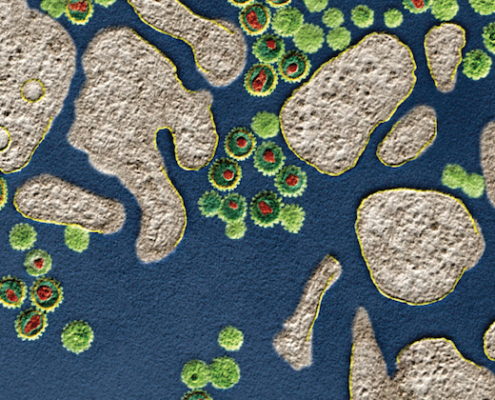
Leveraging the Power of 4-field HLA Typing and the IMGT Database for Immunology Research
The world of immunology has been transformed in recent years, thanks in part to advances in the study of human leukocyte antigen (HLA) typing. In this post, we will delve into how researchers in the immunology space can take advantage of the…
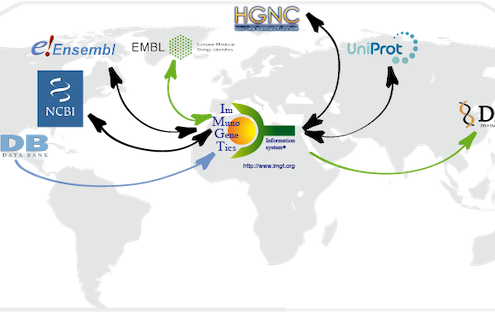
How to Search for Variants in a 4-Field HLA Typing Report Against the IMGT Database
The International ImMunoGeneTics Information System (IMGT) is a high-quality, integrated database that provides comprehensive information on immunoglobulins (IG), T cell receptors (TR), and major histocompatibility complex (MHC) molecules. In…
